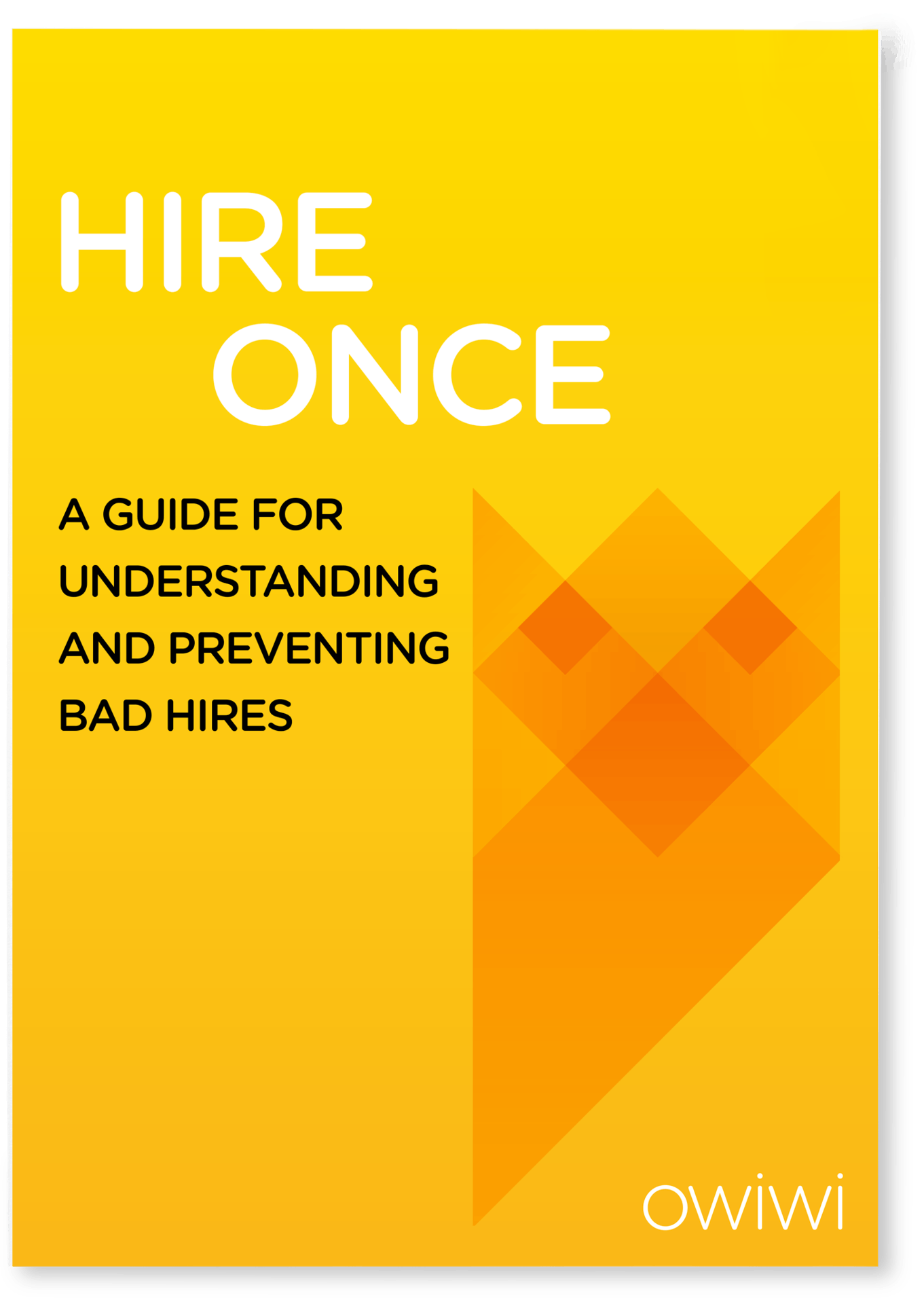Social media recruitment, often referred to as social hiring or social recruiting, is the use of social platforms as talent databases and/or as the media for placing job ads. Social media recruitment has been more and more extensively used in the past few years, thanks to the high penetration of LinkedIn, Facebook and Twitter, but also Viadeo, XING, Google+ and BranchOut, in the working population.
As Christine Del Castillio mentions in her blog concerning the 2016 Social Recruitment Trends Forecast at workable.com, “a quarter of all job seekers use social media as their primary tool for job searching… At the moment, seven out of ten 18-34 year olds report having found their previous job through social media. And, nearly half of all employee referrals come in through social media.” In addition, 90% of companies use some form of social media to attract and engage qualified talent and more than 50% of all recruiters rated candidates sourced from social media as “highest quality.” (Statistics published in February 2016, in the aforementioned article.)
It seems that HR professionals and sourcers (previously called “head hunters”) find it very easy and extremely helpful to use social media profiles, as well as information gathered via blogs and online communities, as tools that facilitate the candidates’ evaluation during the hiring process and, eventually, selection or rejection. On the other hand, people who are looking for a job, find it equally easy and highly effective to browse through job ads in the social media. Actually, what social media have done, is that they have brought together those two worlds (job seekers and job providers) in a direct and efficient way.
So, it looks like social media recruitment has several advantages. Among the advantages mentioned by Chirag Nangia, founder & CEO of Reppify, in his interview that was part of the Forbes article Recruiting, Reinvented: How Companies Are Using Social Media In The Hiring Process written by Lisa Quast, was the fact that candidates may easily access job ads and have more opportunities today to find the right job than ever before. In addition, employers have the opportunity to use social media as a great source for discovering “passive candidates”, i.e. those candidates who are employed but are open to the right job opportunity that will help advance their career.
Another positive effect of the use of social media in the hiring process is that a whole new area of software has been developed: social recruitment software. New tools and technologies are now being applied in order to access, manage, and analyze data related to potential candidates for specific job vacancies. Obviously, this creates increasing demand for developers, analysts and professionals that create HR content for these tools and platforms. Thus, social media recruitment itself creates new job positions and helps decrease unemployment.
Furthermore, employers have a huge information pool concerning potential candidates, available at no cost; as Irina Nagy states in her article titled The benefits of Social Media recruiting: “as opposed to agencies, job boards or referrals, recruiting with social media is totally free”. And social media will, again at no cost, spread all information about a company hiring and about specific job vacancies, making it instantly accessible by job seekers, no matter where in the world they are located.
Last but not least, social media analysis tools, available to HR professional and sourcers, enable employers to better engage with their target candidates and recognize among them the ones who would be a better cultural fit for the company. This can be done in several ways depending on the social medium used. Tiffany Black provides great advice concerning how employers can identify matching candidates in her post How to Use Social Media as a Recruiting Tool, like going through their profiles and judging how complete they are, checking whether they are members in community groups related to their area of expertise, and taking a look at what is actually available on their social media walls.
However, social media recruitment also entails some risks, the most serious of which is the risk of discrimination. When looking at someone’s profile in the social media, their race, sex, age, sexual orientation, disability, family condition, religion and beliefs, and a lot of other personal information is available. That means that employers could automatically exclude a potential candidate directly by looking at their social media profile. This is why David Lahey, VP International at Jobvite, advises candidates in an interview published at the Independent website “to remember that nothing posted online ever truly goes away”. He also underlines that they should fully consider everything they post. The interview was part of an interesting piece titled One-third of employers use social media to recruit written by Zlata Rodionova.
Another thing to keep in mind is that, although more and more people use the social media, there are still quite a few people who don’t. Thus, by adopting a social media strategy for recruitment, companies actually exclude this part of society from the hiring process. And who knows whether these left out candidates would be a good match for a particular company or a particular role? Social exclusion is a factor that should be somehow managed when deciding to use social hiring.
On the other hand, the nature of social media imposes certain limitations to the recruitment process. Alison Green highlights them in her article The Disadvantages of Using Social Media for Recruitment. Such limitations include the 140 characters limit per tweet in Twitter, the inability of directly contacting candidates unless you are already connected with them (this stands for Twitter and LinkedIn), and the fact that companies need to put an effort into catching the attention of Internet and social media users, the majority of whom are possibly focused on chatting with family and friends.
Furthermore, in the same way that candidates must pay attention to what they publish in the social media, employers have to create and maintain their corporate social image. As Joe Budzienski, Vice President of Product & Technology at Monster and contributor at Entrepreneur.com , states in his piece called 3 Ways to Be Constantly Recruiting Star Talent Through Social Media, companies need to cultivate positive exposure across the social web constantly. Written and social content such as photos, videos, corporate events publicity, blogs, posts concerning the everyday reality at work, etc., have to be consistently “proving” that the company is a great workplace; but in order to demonstrate this in the social media, the company should have a matching culture. And that is by no means something easily accomplished.
To sum up, social media recruitment seems to be the dominant recruiting trend for the years to come. Social recruiting entails both advantages and disadvantages, for candidates as well as for employers. It certainly facilitates the hiring process in many ways including time and cost, but it also creates the need for caution, consistency and ethics in the corporate world, which demand time and probably some sort of financial cost (since managing individual and corporate social profiles definitely requires time, and sometimes also money). But then being responsible, consistent and ethical can only have a positive connotation, both for individuals as well as for organizations.










